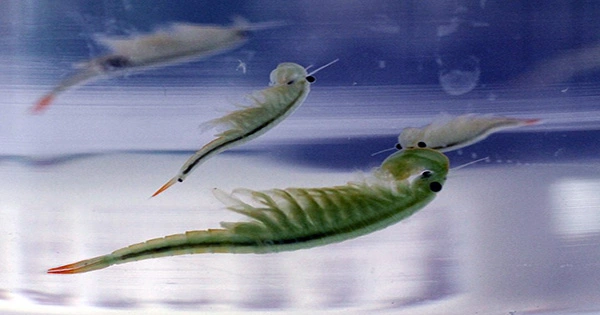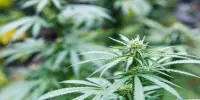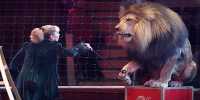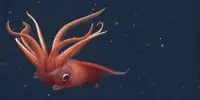The Koonwarra Fossil Bed has unearthed a new species of fairy shrimp that lived in Australia’s watery ecosystems some 100 million years ago. Despite its ancient age, the crustacean was able to display a surprising capability in the fossil record, with experts concluding that it could reproduce through parthenogenesis. Parthenogenesis is a reproductive method used by plants and even certain animals to reproduce without the requirement for a male. Condors and sharks have lately joined the ranks of non-male child-bearing creatures, and now our ancient fairy shrimp, Koonwarrella peterorum, whose discovery was announced in Alcheringa, has joined them.
So, how does one discover parthenogenesis in a Cretaceous-era animal? Of course, you examine its garbage. When trying to place new species on the evolutionary tree, looking for male genitalia or mating equipment like the grabbing antennae that relatives of K. peterorum are known to use is a good place to start simply because they are simple to identify. However, initial author Emma Van Houte ran into a brick wall since there didn’t appear to be any.
There was no evidence of hermaphroditism (an animal having both sets of genitalia) or shrimps midway between male and female in the 40 juvenile and adult female K. peterorum specimens examined. This, together with the discovery of egg pouches, suggested that the extinct species reproduced asexually by parthenogenesis. It’s not the first time fairy shrimp have reproduced this way; there’s an actual fairy shrimp species in Australia that can spawn without males. It’s convenient because males in the colony are so rare, but it’s not these shrimp’s exclusive means of reproduction; if the opportunity arises, they will mate sexually.
The Koonwarra Fossil Bed in Australia, where the 40 fairy shrimp specimens were discovered, is a veritable treasure trove of ancient beasties large and small, all of which have been studied in great detail. Dinosaur feathers, as well as insects, fish, and aquatic invertebrates, have been preserved in these conditions (watch them in action in Prehistoric Planet). The site’s exceptional preservation also allowed scientists to add K. peterorum to the parthenogenesis registry, despite the presence of animals as small as fairy shrimp. The ancient fairy shrimp would have looked more like the extremophile brine shrimp, sometimes known as sea monkeys, at its peak, rather than shrimp as we know them now.
















